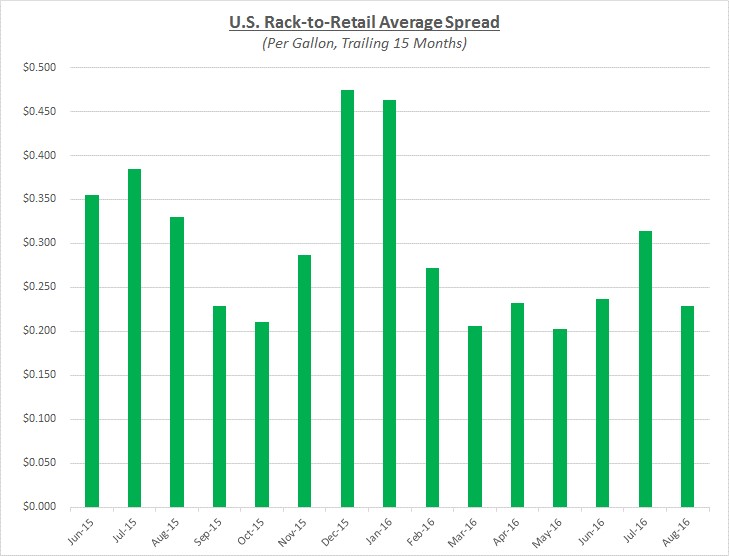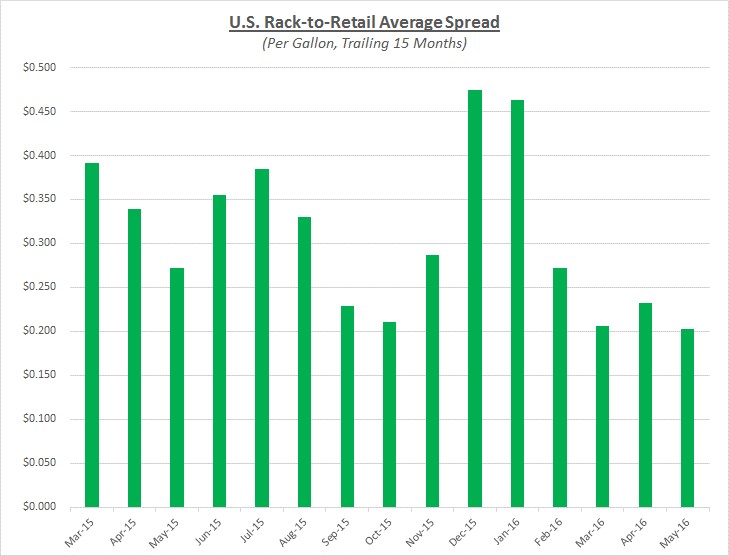Fuel Flash – December 2016
For most of November, oil prices struggled to recover following their significant drop in October. However, at the end of November, prices spiked upward in response to OPEC’s agreement to reduce oil production. The following graph shows the daily price movements over the past two months:

